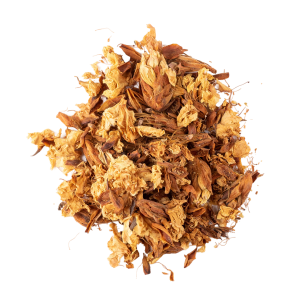History
Tea culture spread in Georgia in the second half of the 19th century. At the beginning of the 20th century, tea plantations became widespread in Guria, Abkhazia, Adjara, Imereti and Samegrelo. Georgia has been supplying high-quality tea to the entire Soviet Union since the 1940s. Since the 1960s Georgian tea has been exported to Eastern Europe and North Africa.
In the 80s, Georgia ranked 6th among tea-producing countries with 133 thousand tons of products. Georgian tea was sold on markets of France, Germany, Austria, Finland and the United Kingdom.
Selective Varieties
Despite the antiquity of the tea culture, it was believed that tea was not subject to selective breeding. For the first time in the world, Georgian scientist Ksenia Bakhtadze bred more than 16 Georgian varieties of tea in the Chakvi branch of the Scientific Research Institute of Tea and Subtropical Cultures. These varieties are characterized by frost resistance and high economic efficiency. Thus, Georgia has made a substantial contribution to the development of tea culture in the world.
Unique Location
The number of sunny days, average air temperature, subtropical climate and precipitation in Georgia contribute to the high quality of tea. Unique ecosystems, dramatically different summer and winter temperatures determine crop seasonality.
In Georgia, which is in the extreme north among tea-producing countries, the temperature drops below zero in winter and all pests die. Natural conditions allow to cultivate tea without using pesticides in plantations, which is a good way to grow tea crops by bio-methods and increase export potential.
Taste and Aromatic Characteristics
Georgia is the most north-situated tea-producing country (42° 0′ 0″ N, 43° 30′ 0″ E). Due to a small number of sunny days, the leaf body is better and tea is lower in tannins than in southern countries; That is why black tea has a special colour, green tea is surprisingly light, characterized by moderate astringency. Temperature changes produce aromatic substances harmoniously in the twigs of the plant, which leads to the formation of a unique aromatic complex characteristic of Georgian tea only.
Georgian tea with its distinctive properties, taste and aromatic characteristics, and varietal selection, has a honourable place on the world map of tea producers.
